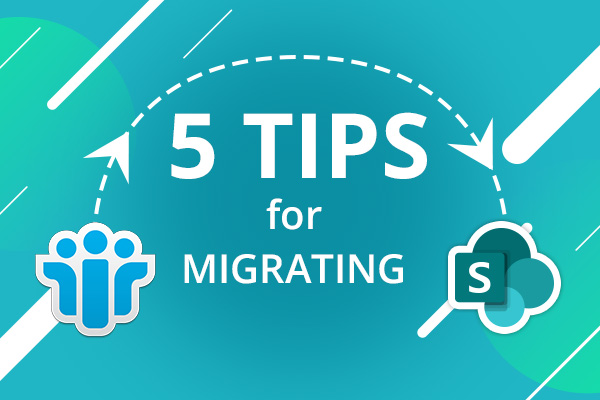
10 digital workplace trends from the Digital Workplace Strategy 2021 survey
COVID-19 has had a profound impact on digital workplace. Our survey has provided some fascinating insights into current digital workplace trends.

COVID-19 has had a profound impact on digital workplace. Our survey has provided some fascinating insights into current digital workplace trends.

What is the MS Power platform? And how to get started with the Power Platform?

Lotus Notes and Domino migrations to SharePoint and Microsoft 365 need some planning and thought. If youd like to discuss your migration project and methodology, then get in touch!
Book in a live demo with us to discuss your project and find out more about our services, solutions and how we can add value to your digital workplace. Simply fill out the form and pick a time and date in our calendar.
Alternatively, if you have a question and would like more information about Content Formula, please visit our contact us page.
We look forward to meeting you.
We use cookies to give you the best experience on our site. By continuing to use our website, you are agreeing to our use of cookies. To find more about the cookies, please see our cookie notice.
You can also read our privacy policy.